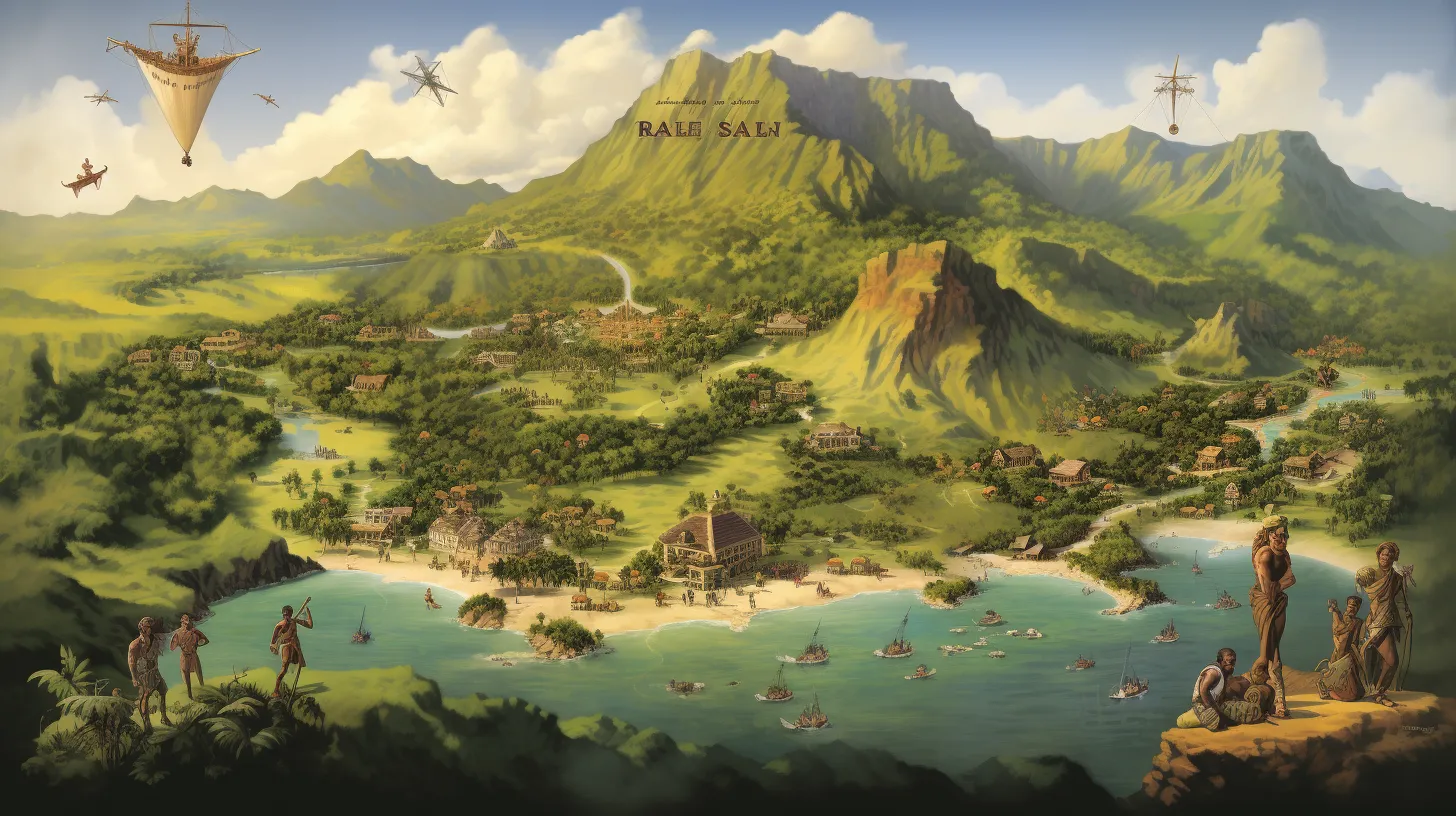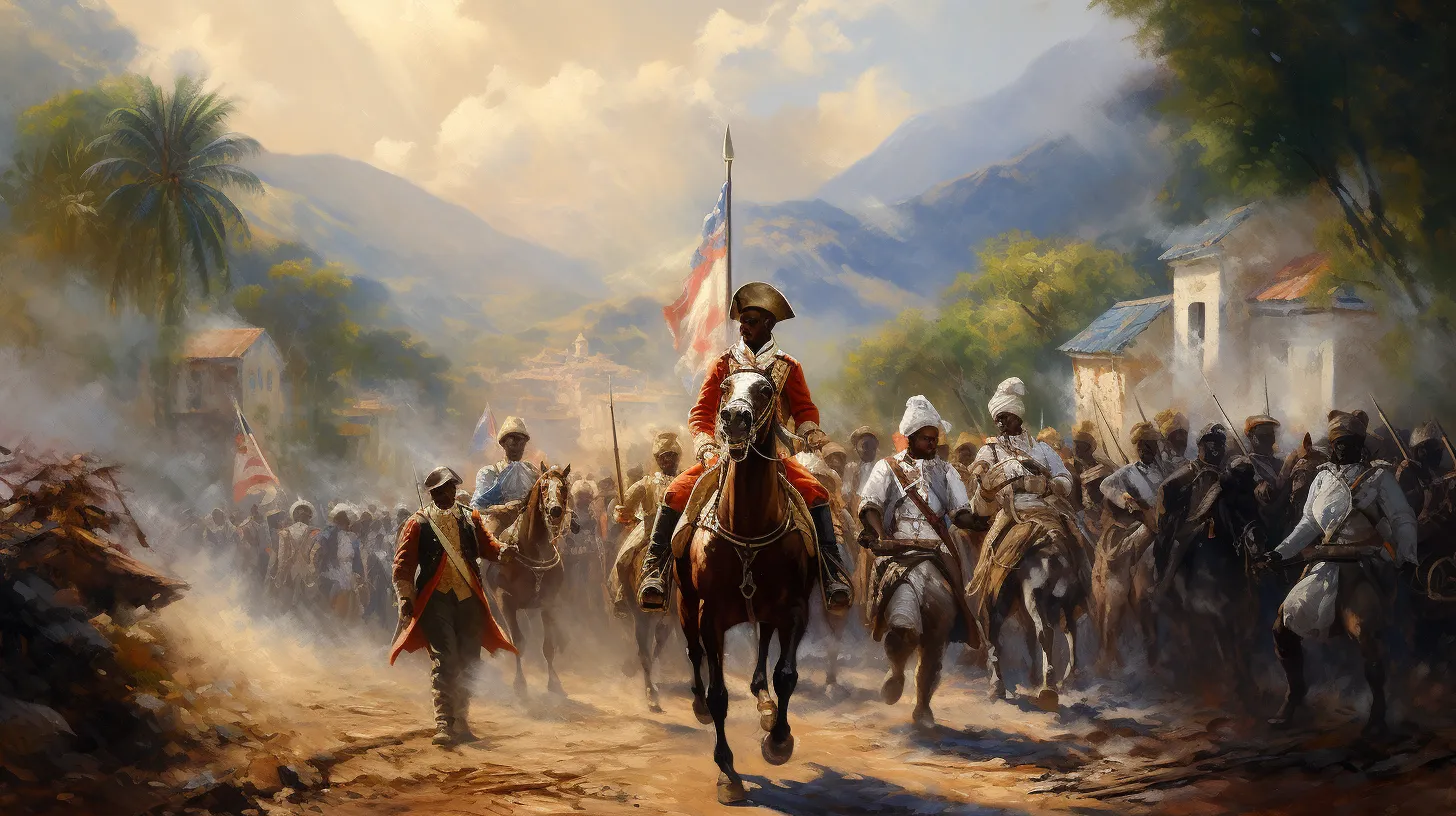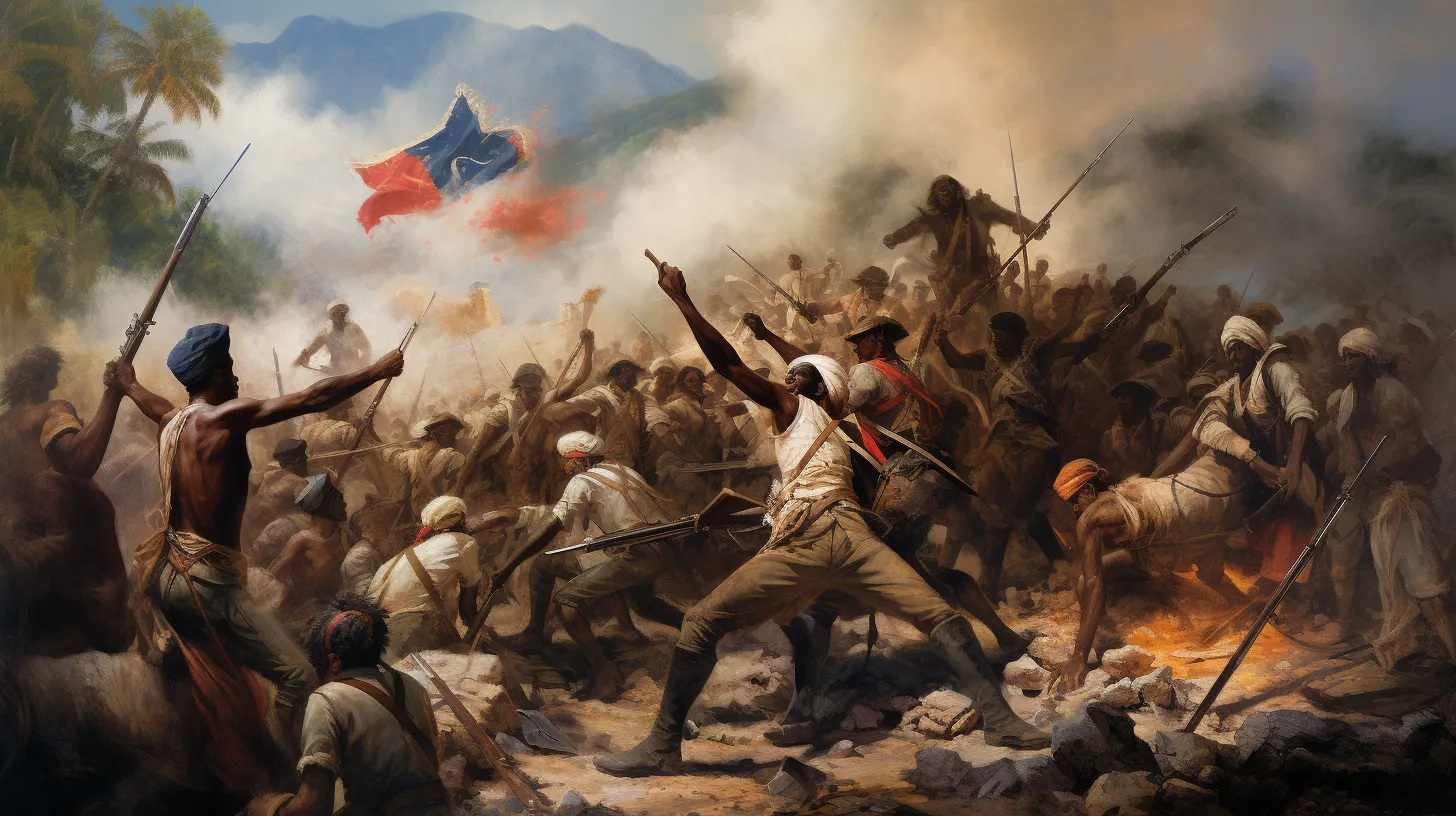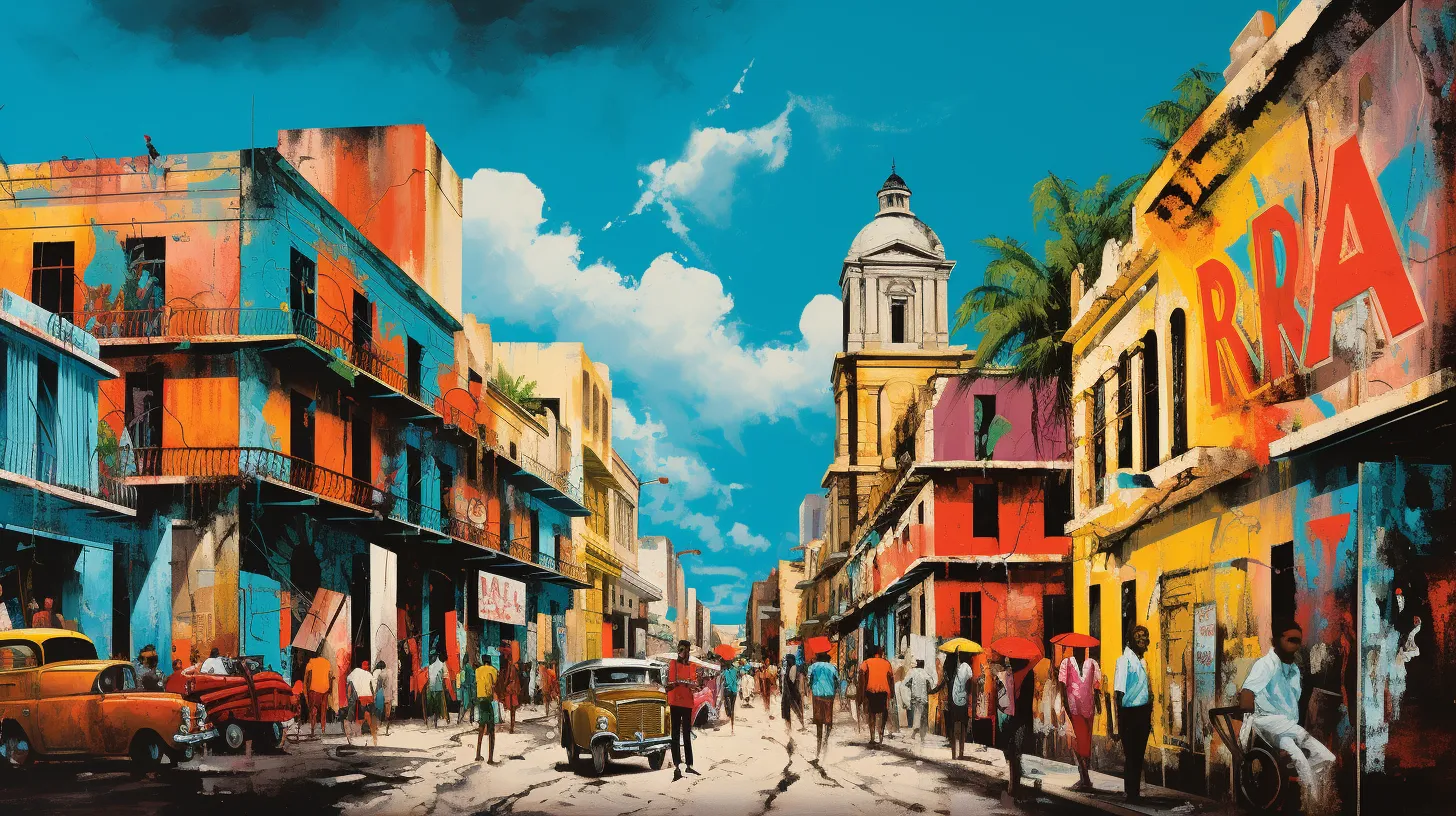The country we now know as Haiti is believed to have been first encountered by Christopher Columbus in 1492, marking the beginning of European exploration and colonization in the Caribbean. Columbus’s arrival on the island of Hispaniola, where Haiti is located, paved the way for subsequent Spanish and French influence.
However, it is important to recognize that the indigenous Taíno population inhabited the island long before Columbus’s arrival. While Columbus’s role in the initial encounter with Haiti is widely acknowledged, it is crucial to consider the rich and intricate history of the region, including the impact of colonization, slavery, and the eventual struggle for independence.
Early Indigenous Inhabitants

The Arawak migrants, including the Taíno culture, settled in the Caribbean islands, including Hispaniola. The Taíno culture, organized into chiefdoms, inhabited the island, but their population declined significantly after European arrival. The indigenous Taíno population suffered high mortality due to European diseases, and the island of Hispaniola was divided among five caciquedoms.
The first Europeans arrived on the island on December 5, 1492, during Christopher Columbus’s first voyage. The island later became the site of the first European colonies in the Americas.
Haiti, located in the western third of Hispaniola, has a complex history, transitioning from early indigenous inhabitants to French colonial rule after the Spanish ceded the territory. It was the first independent nation in Latin America, with free people of color and slaves playing pivotal roles in securing independence.
Spanish Colonization and Discovery

Upon arriving on the island of Hispaniola in 1492, Spanish explorers initiated the colonization and discovery of the land that would later become Haiti. Spanish colonization led to the establishment of settlements such as La Isabela and Santo Domingo, shaping the early history of the island.
However, the Spanish interest in Hispaniola waned as they found gold and silver elsewhere, causing a shift in their focus. This decline in attention allowed other European powers to make their mark on the island, including French settlers who established a presence in the western portion of the island.
Eventually, Spain ceded a significant portion of the island to France, and this land would later become the independent nation of Haiti. The Spanish presence and colonization had a profound impact on the island’s history, influencing its development for centuries to come.
French Colonization and Influence

Spanish colonization of the island of Hispaniola paved the way for the French to establish their presence and exert significant influence on Haiti’s development. French colonists turned Saint-Domingue into a major producer of coffee and sugar, making it the richest colony in the 18th-century French empire.
The French Revolution and the ideals of the French Republic influenced the Haitian Revolution, leading to the abolition of slavery. In 1794, Paris declared that all men, regardless of skin color, born in the French colonies were French citizens. This led to a complex social and political dynamic between slaves and the affranchis, or free people of color.
The Haitian Revolution not only led to Haiti’s independence in 1804 but also had a significant impact on other anti-slavery movements in the Americas, challenging the established order and European powers’ hold on their colonies.
Revolution and Independence

While French colonization and influence set the stage for the Haitian Revolution, the subsequent declaration of independence in 1804 marked a pivotal moment in the nation’s history. Led by Toussaint Louverture, the Haitian Revolution was a significant uprising in response to the oppressive colonial rule.
The National Assembly’s decision to grant civil rights to free people of color in 1791 fueled the revolution, leading to a full-fledged fight for independence. The revolution was a turning point in Haitian history, ultimately resulting in Haiti becoming the first independent nation in Latin America and the Caribbean.
The revolution also played a crucial role in shaping Haitian society, as it led to the abolition of slavery and the establishment of a new nation with its unique blend of French Creole culture. This event had a lasting impact on the Caribbean region and beyond.
Modern Political and Social Dynamics

The current political and social dynamics in Haiti reflect a complex and challenging landscape shaped by ongoing economic struggles, political instability, and societal inequality.
Since the controversial coup in 2004 that led to the ousting of President Jean-Bertrand Aristide, Haiti has experienced a mix of elected governments and periods of military rule. The country has grappled with civil unrest, including widespread protests against corruption and economic hardship. International observers have raised concerns about the stability of Haiti’s democratic institutions, citing issues such as disputed elections and political violence.
Additionally, the devastating 2010 earthquake exacerbated existing challenges, leading to widespread displacement and humanitarian crises. Efforts to address these issues have been hindered by limited resources and ongoing political divisions.
The modern political and social dynamics in Haiti thus remain complex and multifaceted.



